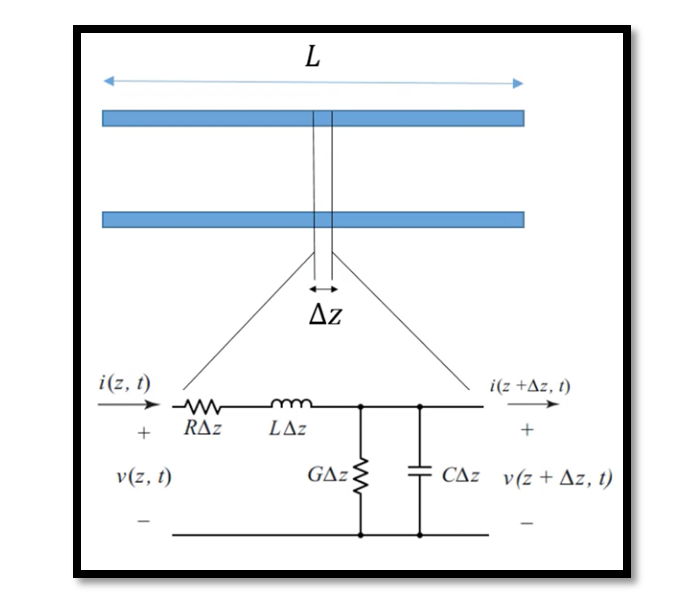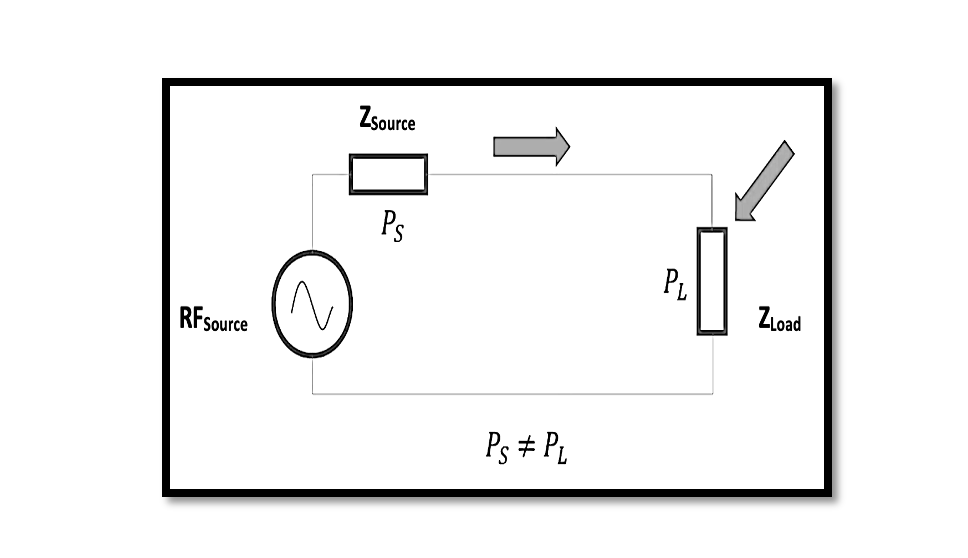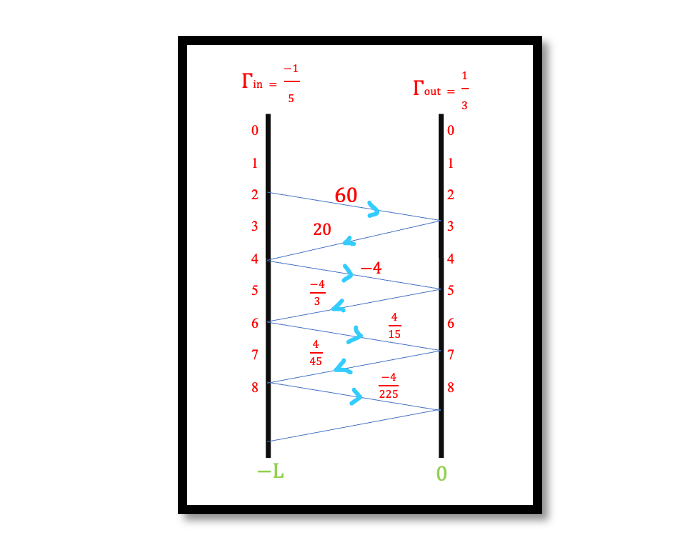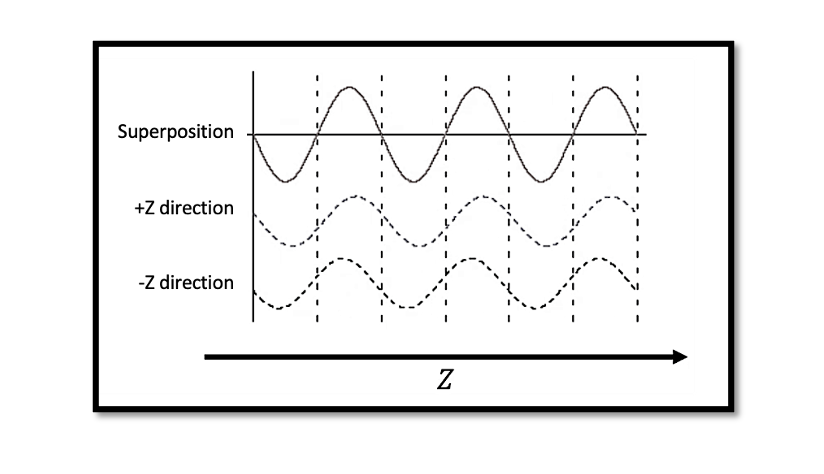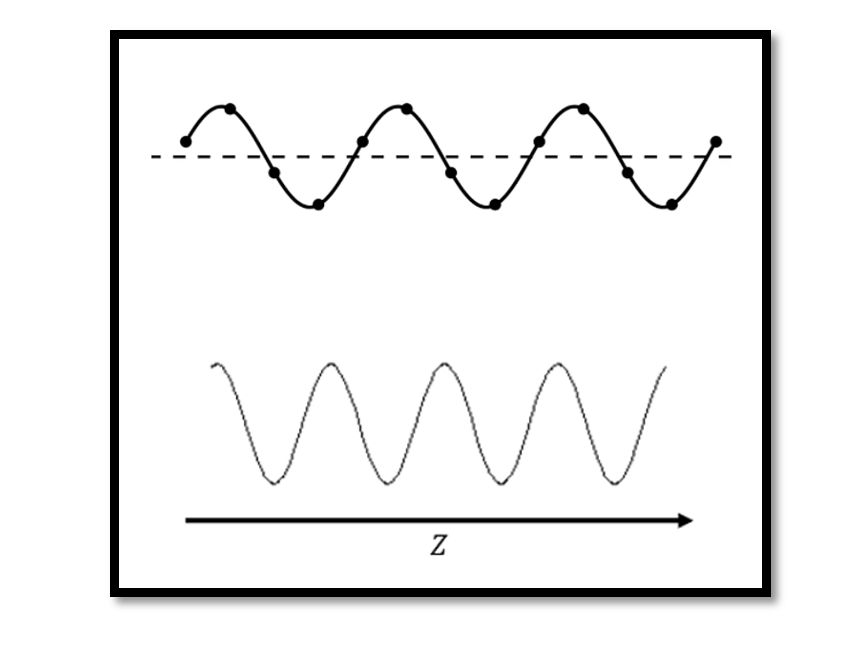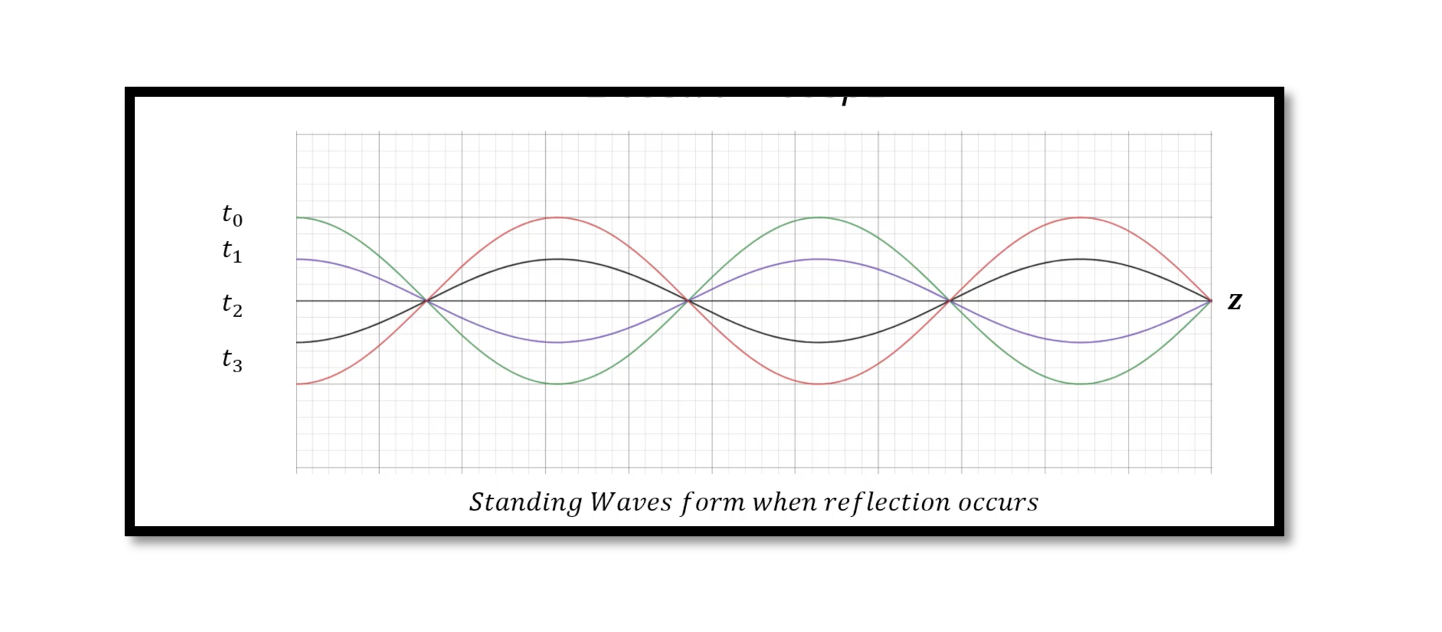Introduction In RF (radio frequency) and microwave engineering, achieving precise impedance matching and signal control is paramount for the optimal performance of circuits and systems. One indispensable component that aids in this endeavor is the quarter-wave choke, often constructed using …
In transmission line analysis, the intricate interplay between voltage and current along its length necessitates a meticulous approach. Consider a transmission line with a length L and select a minute segment ΔZ for examination. This segment, owing to its diminutive …
Introduction RF losses in signal transmission play a pivotal role in the efficacy of factory testing and the integrity of RF circuits. Understanding these losses, their causes, and how to measure them is crucial for optimizing performance. Let’s delve into …
Introduction In the radio frequency (RF) engineering, the study of transmission lines stands as a fundamental pillar. These lines, vital for carrying signals over distances, exhibit intriguing responses to various input signals like unit steps and pulses. Understanding these responses …
What are Transmission Lines and its relationship with Smith Chart? Transmission lines are a fundamental part of electrical engineering used to transmit electrical signals or power from one point to another efficiently. They’re composed of conductors and insulators and are …
Transmission line terminated by a load Let’s consider a simple example of a transmission line terminated by a load. The transmission line consists of a pair of conductors (wires) separated by a dielectric material. At one end, the transmission line …
When does Reflection occur in Transmission Line? Impedance mismatch in transmission line can cause impedance mismatch which is the cause of reflection. A wave travelling through transmission will obviously face characteristic impedance. Read more about characteristic impedance. When there is …
In the previous blogs, we discussed transmission line time domain equations using the phasor formula. In the first case assuming there is no reflection we showed wave propagation and second case we showed the condition of the standing waves when …
In the previous blog we discussed about Transmission Line Time Domain Equations where we showed how to convert the phasor equations to time domain equation and proved the wave propagation. Example to prove Reflection Voltage We have a lossless transmission …
In the previous blog what is transmission line, we discussed that we are dividing a transmission line into many incremental segments and assuming each segment is lumped network because of its short length. In this blog, we will talk about …


